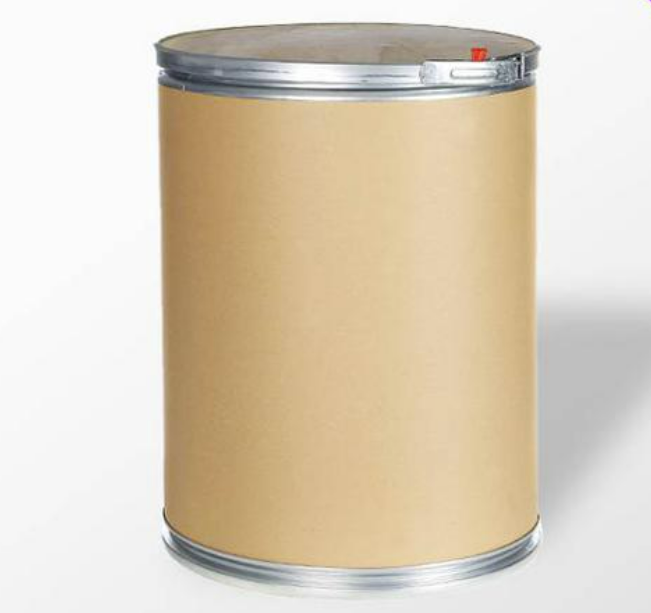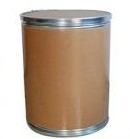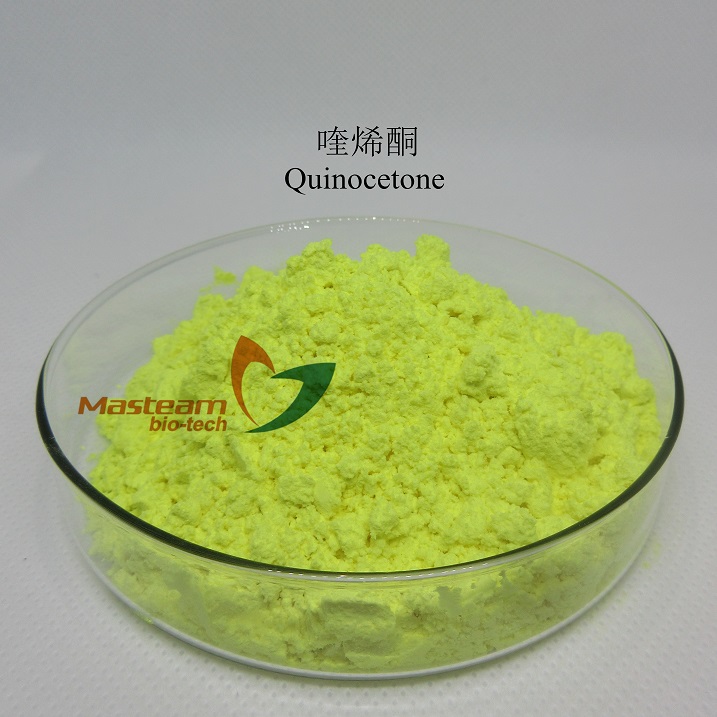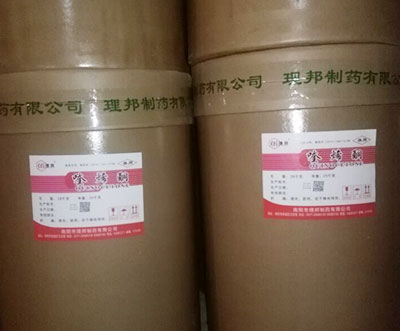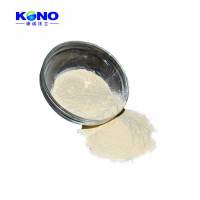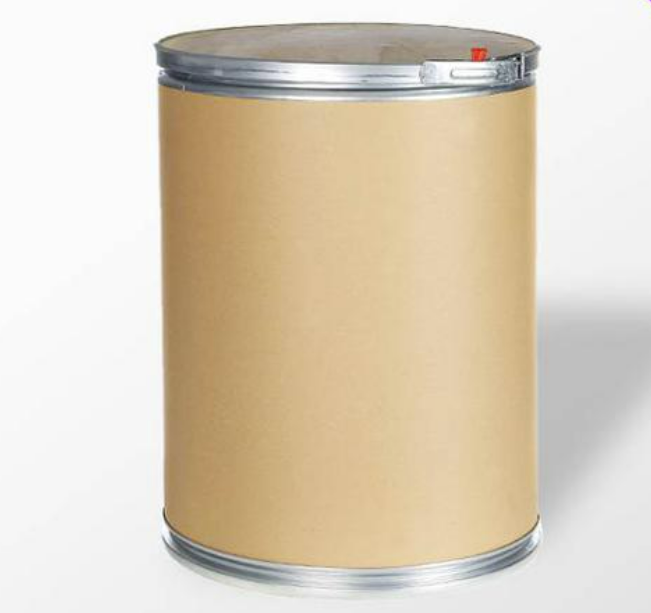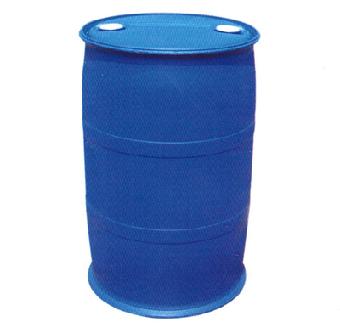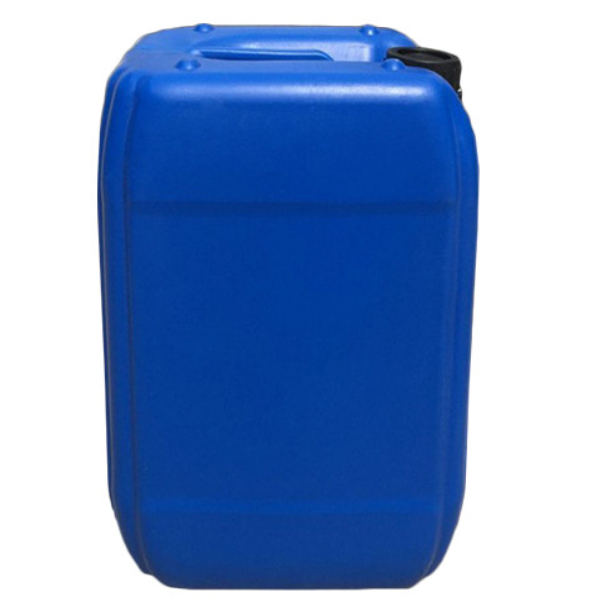Feed Additive
Additives For Food Packaging
Colorant
Stabilizer and Coagulator
Water Retention Agent
Feed Deworming Health Agents
Anti Corrosion and Preservation
Color Fixative
Flour Treatment Agent
Defoamer
Coating Agent
Feed Vitamins
Emulsifier
Other Food Additives
Nutritional Fortifier
Thickening Agent
Feed Quality Enhancer
Antioxidants
Chewing Gum Bases
Bulking Agent
Feed Amino Acids and Small Peptides
Flavor Enhancer
Sweeteners
Additives For Feed Preservation
Other Feed Additives
Food Additive
Bleaching Agents
Anticaking Agent
Food Flavors and Fragrances
Enzyme Preparation
Feed Trace Elements
Acidity Regulators
Feed Growth Promoters
Feed Conditioner
CAS:70458-95-6
Molecular Formula:C18H24FN3O6S
Alias
More Information
1-Ethyl-6-Fluoro-7-(4-Methyl-Piperazin-1-Yl)-4-Oxo-1,4-Dihydro-Quinoline-3-Carboxylic Acid; 3-Carboxy-1-Ethyl-6-Fluoro-1,4-Dihydro-7-(4-Methyl-1-Piperazinyl)-4-Oxoquinoline Monomethanesulphonate; 1-Ethyl-6-Fluoro-7-(4-Methylpiperazin-1-Yl)-4-Oxoquinoline-3-Carboxylic Acid,Methanesulfonic Acid; Pefloxacin Mesilate
Brief Introduction
A synthetic broad-spectrum fluoroquinolone antibacterial agent active against most gram-negative and gram-positive bacteria.
Suppliers
View More Vendors (2) >
CAS:71989-14-5
Molecular Formula:C23H25NO6
Alias
More Information
Fmoc-L-Asparticacidbeta-Tert-Butylester; Fmoc-L-Aspartic Acid 4-Tert-Butyl Ester; Fmoc-Asp(Otbu)-Oh; 9-Fluorenyl-Methoxycarbonyl-L-Asp-Tert-Butyl Ester; Fmoc-(Tbu)Asp-Oh
Brief Introduction
Fmoc-L-Asp (oButt) - OH, also known as beta tert butyl aspartate, is a chemical intermediate commonly used in peptide synthesis for amino acid protection.
Suppliers
View More Vendors (2) >
CAS:81810-66-4
Molecular Formula:C18H14N2O3
Alias
More Information
1-(3-Methyl-1,4-Dioxido-2-Quinoxalinyl)-3-Phenyl-2-Propen-1-One; 3-Methyl-2-Quinoxalinbenzenevinylketo-1,4-Dioxide; 2-Cinnamoyl-3-Methylquinoxaline 1,4-Dioxide; 3-Methyl-2-Cinnamoyl-Quinoxaline-1,4-Dioxide; 1-(3-Methyl-2-Quinoxalinyl)-3-Phenyl-2-Propen-1-One N,N'-Dioxide; (E)-1-(3-Methyl-4-Oxido-1-Oxoquinoxalin-1-Ium-2-Yl)-3-Phenylprop-2-En-1-One
Brief Introduction
Quinoenone is a national new drug officially approved by the Ministry of agriculture in August 2003. It is a new veterinary drug initiated by China in the world. The drug has the characteristics of bacteriostasis, safe use, rapid metabolism and obvious effect. It is not only suitable for pigs, birds and aquatic products, but also suitable for disease prevention and growth promotion of young livestock and young birds.
Suppliers
View More Vendors (2) >
CAS:127-47-9
Molecular Formula:C22H32O2
Alias
More Information
Retinol Acetate; All-Trans Vitamin A Acetate; Vitamin A Acetate; Vitamin A Acetate In Gelatin; (2E,4E,6E,8E)-3,7-Dimethyl-9-(2,6,6-Trimethylcyclohex-1-En-1-Yl)Nona-2,4,6,8-Tetraen-1-Yl Acetate
Brief Introduction
Vitamin A acetate can be absorbed through the skin, resist keratinization, stimulate the growth of collagen and elastin, and increase the thickness of epidermis and dermis. It can enhance skin elasticity, effectively eliminate wrinkles, promote skin renewal and maintain skin vitality. For eye cream, moisturizing cream, repair cream, shampoo, hair conditioner, etc.
Suppliers
View More Vendors (2) >
CAS:13811-71-7
Molecular Formula:C8H14O6
Alias
More Information
(2S,3S)-Diethyl 2,3-Dihydroxysuccinate; Butanedioic Acid, 2,3-Dihydroxy-, Diethyl Ester, [S-(R*,R*)]-; D-(-)-Tartaric Acid Diethyl Ester; Diethyl-D-Tartrate
Brief Introduction
Diethyl (2S,3S)-2,3-dihydroxybutanedioate is mainly used in the synthesis of chiral drugs, chiral intermediates and asymmetric catalysis. It is also used in food and animal feed.
Suppliers
View More Vendors (2) >
Inquiry (
10
/ 10
)
Clear All
Sign In
Error!

